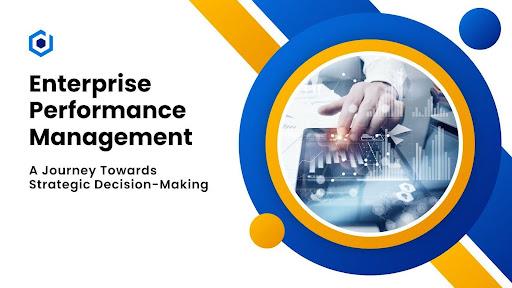Enterprise Performance Management (EPM) has witnessed transformative changes over the last few decades, transitioning from a focus on financial reporting to a broader, more strategic role. In his recent exploration of these innovations, Sai Charan Tokachichu outlines how technological advancements have enhanced EPM’s capabilities, bridging the gap between financial planning and strategic decision-making. His insights provide a clear path forward for businesses seeking to leverage EPM as a competitive advantage.
Early Limitations of EPM Systems
In the late 1980s and early 1990s, early EPM systems were primarily focused on budgeting, forecasting, and financial consolidation, often ignoring operational data. These systems were technologically constrained, relying on on-premises infrastructure, which limited scalability and required substantial IT resources. They offered slow processing and lacked user-friendly interfaces, making widespread adoption challenging. The absence of real-time insights and integration of non-financial data resulted in a narrow view of performance, leading businesses to make short-term decisions that didn’t align with their long-term strategic goals. Despite these limitations, early EPM platforms were crucial for financial management.
Technological Advancements and Modern EPM Systems
Over the last decade, technological advancements like cloud computing, artificial intelligence (AI), and big data analytics have transformed EPM into a forward-looking platform for strategic decision-making. Cloud computing allows efficient scaling and real-time data sharing, while AI provides predictive analytics for more accurate forecasts. This automation enables businesses to focus on critical tasks. Additionally, big data analytics integrates structured and unstructured data, offering a comprehensive view of operations that empowers informed decision-making and enhances overall business performance.
Real-Time Financial Modeling and Strategic Alignment
One of the key advantages of modern EPM systems is their ability to perform real-time financial modeling, allowing organizations to simulate scenarios and assess their impact on financial performance. This agility is crucial in rapidly changing markets, enabling businesses to swiftly adjust strategies and maintain a competitive edge. Additionally, modern EPM systems align financial planning with broader business strategies by translating high-level objectives into measurable financial targets, ensuring that financial processes are integrated with overall goals for a more cohesive and performance-driven organization.
The Holistic Integration of Financial and Non-Financial Data
The integration of financial data with operational metrics in modern EPM systems bridges the gap between financial and operational performance, enabling companies to correlate data such as sales, inventory, and customer satisfaction. This comprehensive view allows decision-makers to make informed, data-driven choices that improve overall business performance. Additionally, modern EPM platforms incorporate environmental, social, and governance (ESG) metrics, aligning financial planning with sustainability objectives. As sustainability gains importance globally, tracking and measuring the financial impact of these initiatives is becoming increasingly crucial for long-term success.
Future Trends: Predictive Analytics and Machine Learning
Looking ahead, predictive analytics and machine learning are set to drive the next wave of EPM innovations. Predictive analytics will enable businesses to move beyond traditional analysis and anticipate future trends with greater accuracy, while machine learning is enhancing forecasting capabilities by analyzing vast data sets and generating more dynamic, accurate forecasts. Together, these technologies will strengthen the strategic value of EPM systems, allowing organizations to navigate complex business environments with greater confidence and agility.
In conclusion, Enterprise Performance Management (EPM) has evolved significantly from its early days of basic financial reporting to a dynamic platform that drives strategic decision-making. Technological advancements such as cloud computing, artificial intelligence, and big data analytics have enabled EPM to offer real-time financial modeling, align business strategies, and integrate both financial and non-financial data. As highlighted by Sai Charan Tokachichu, future innovations like predictive analytics and machine learning will further enhance EPM’s capabilities, positioning it as an indispensable tool for businesses seeking agility and long-term success in an increasingly complex environment.







